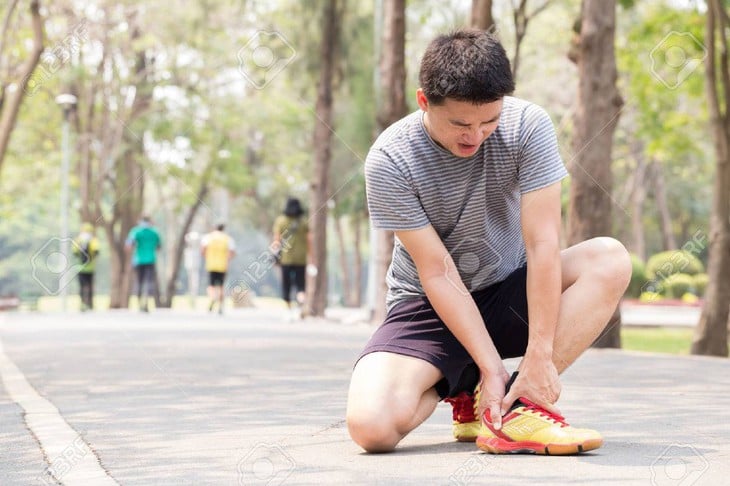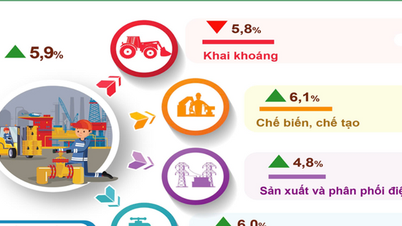
Road surface is very important for running and walking performance - Photo: TK
Foot & Ankle Specialists magazine offers advice on choosing the right running surface. From a scientific perspective, different surfaces affect the body in the following ways:
Hardness and shock absorption: Hard surfaces like concrete or asphalt absorb less shock, causing greater stress on muscles and joints when landing. In contrast, softer surfaces like grass or natural dirt trails absorb more shock, reducing stress on muscles and joints.
Stability and risk of injury: Uneven or slippery surfaces can increase the risk of injury due to loss of balance or slipping. Therefore, choosing a surface that is flat, stable and has the right amount of friction is essential to ensure safety.
Sensory feedback and performance: The road surface affects the feel of the ground and the force feedback, which in turn affects running or walking performance. Some athletes prefer a hard surface because it provides better force feedback, which increases speed, while others prefer a soft surface to reduce stress on muscles and joints.
According to an article on Runner's World , choosing the right running surface can help reduce the risk of injury and improve your workout experience.
However, no one surface is perfect for everyone. Varying and combining different surfaces during your workout can help your body adapt and reduce the risk of repetitive injury.
Practitioners should consider factors such as the hardness, stability, and sensory feedback of the surface, and listen to their body to make appropriate adjustments.
However, brick sidewalks are still not the ideal surface for jogging because there are some disadvantages from a scientific perspective:
1. High stiffness - Increased risk of injury
Pavement tiles are usually placed on concrete or cement bases, which are very hard and have poor shock absorption.
When running on this surface, the impact force from the foot to the ground is reflected more strongly, increasing pressure on the knee joints, ankles and spine. The risk of injury due to overload increases, especially when running long distances or at high intensity.
2. Unstable friction - Easy to slip
When it rains or the surface is wet, pavers can become slippery, increasing the risk of slipping on sidewalks. Some pavers have a smooth or mossy surface that can cause loss of control when landing.

Running on brick and stone sidewalks can easily cause injury - Photo: TTO
3. Uneven - Causes imbalance
Pavement tiles are not always flat and can become uneven, cracked, or misaligned over time. Running on uneven surfaces increases the risk of sprains, dislocations, or imbalances in running form.
If you have no other choice, you can run on paved pavement, but be careful, choose shoes with good shock-absorbing soles and avoid areas that are too slippery. Softer surfaces such as dirt roads, grass or rubber tracks are better for your joints and muscles.


































































































Comment (0)